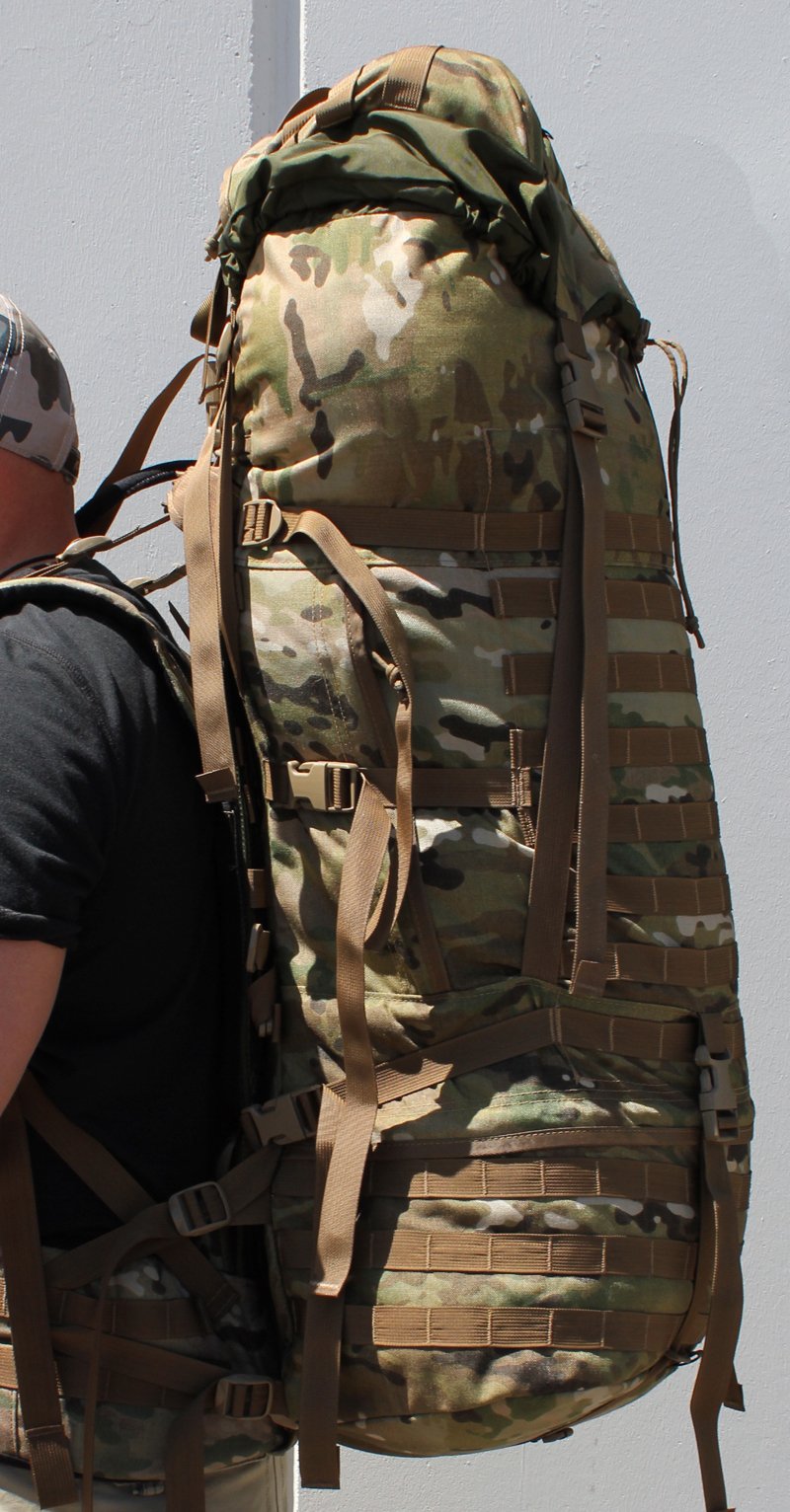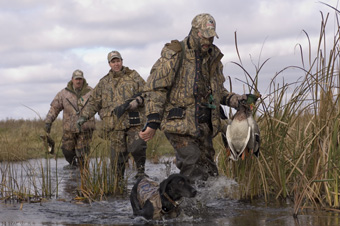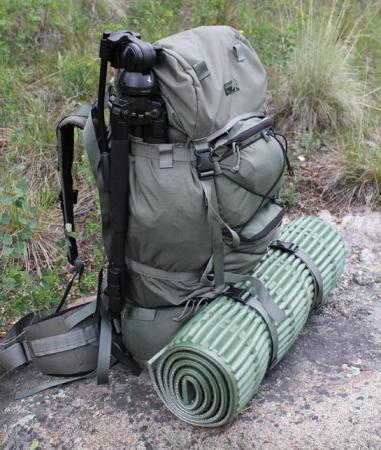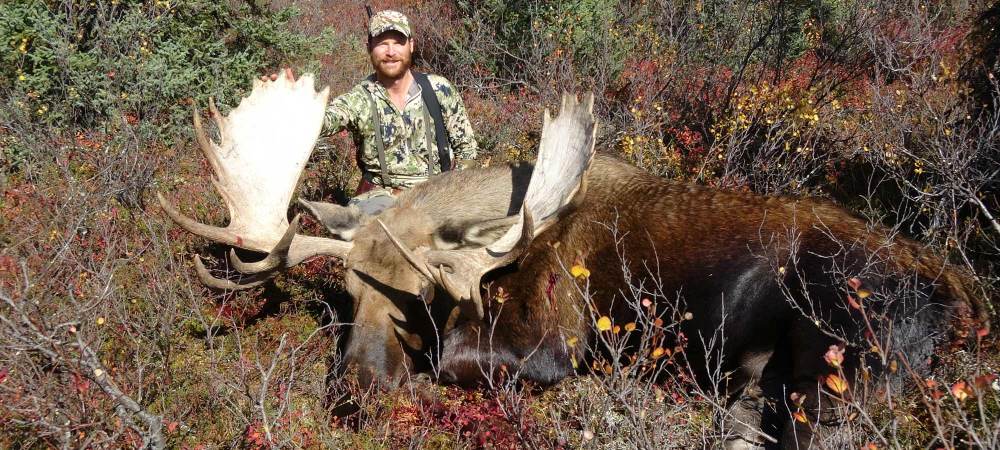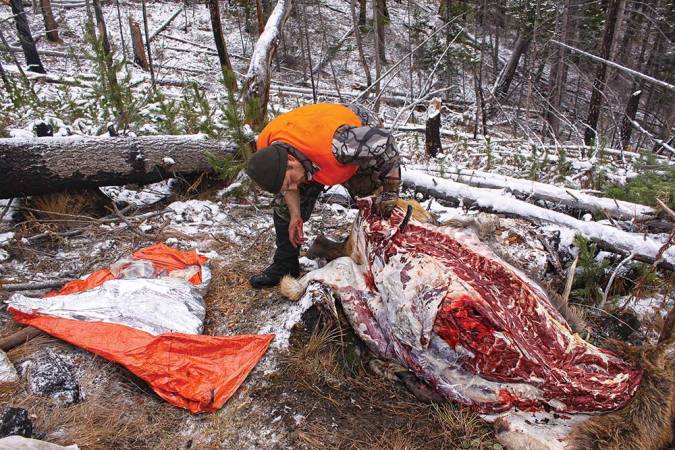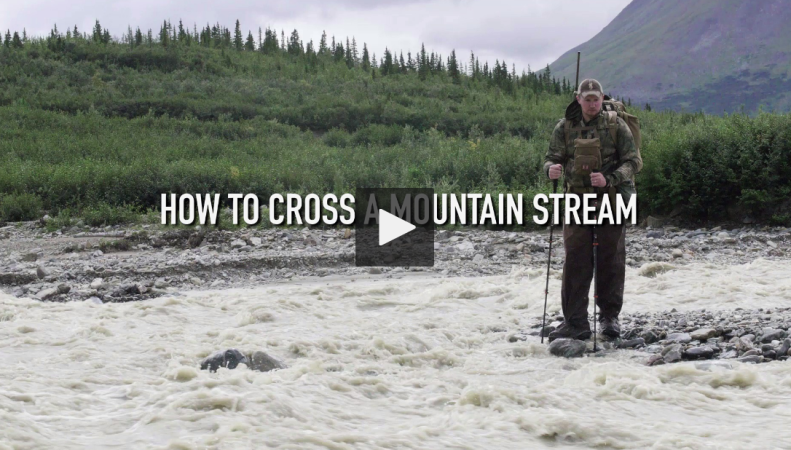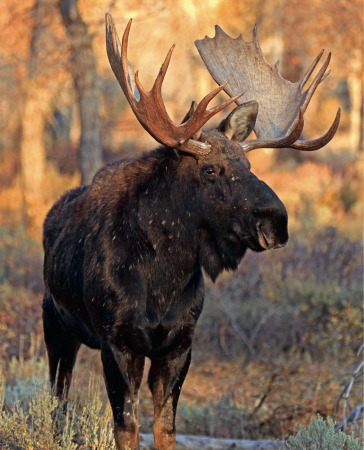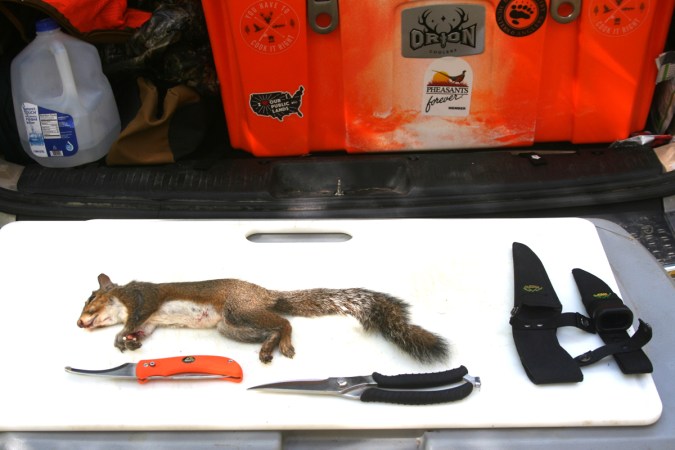It’s that time of year again and all the hunting forums seem to get overloaded with questions like, “What pack do I need for my upcoming hunt?” So I figured it was a great time to go over the key steps to getting a pack fitted for you, as well as what size pack might be a good choice.
I will go over everything you need to know in three separate blogs, starting off with the most important points.
First thing’s first: Let’s talk torso length. Most hunting pack companies will avoid the words “torso length,” but it is the most important step in the ladder of backpack comfort.
How to Measure Torso Length
Have a friend locate the bony bump at the base of your neck, where the slope of your shoulder meets your neck. This is your seventh cervical (or C7) vertebra. Tilt your head forward to locate it more easily.
Using a flexible tape measure, your friend should start at that vertabra and measure down along your spine.
Place your hands on your hips so you can feel your iliac crest, which serves as the “shelf” of your pelvic girdle. (It’s the first bone you feel when you run your fingers down from the sides of your ribcage.) Position your hands so your thumbs are reaching behind you.
Your buddy should finish measuring at the point where the tape crosses an imaginary line drawn between your thumbs. This distance between those two points (C7 vertebra and hip bone) will be your torso length.
Load Lifters
The reason your torso length is so important when getting fitted for a pack is because of the load lifters. The load lifters are the straps that connect to the top of your shoulder straps and continue to the upper portion of your pack (usually the top of the frame) and attach there. The angle from the top of the shoulder straps to the connecting point on the pack should be between 15 and 45 degrees. This angle will depend on the size of the pack as well as the pack’s intended use, but a good rule of thumb is the heavier the pack, the steeper the angle.
The idea behind a load lifter is quite simple. When you pull on the load lifter adjustment straps, you are pulling your shoulder straps upward and off of your actual shoulders. This will transfer the weight of your pack from your shoulders to your hips, so you are not actually lifting the pack at all, but lifting the shoulder straps off of your shoulders for weight transfer.
A good-fitting pack should keep somewhere between 65 percent to 75 percent of the total pack weight transferred to your hips. If you are packing 30 pounds, then this isn’t a big deal. But when you start hitting the 60-pound range, then your shoulders will not be able to take this amount of weight, and pain will set in quickly.
To read Part II in this series, click here. To see the list of the best hunting packs go to Pack Review: The Best Hunting Backpacks.
